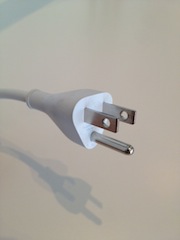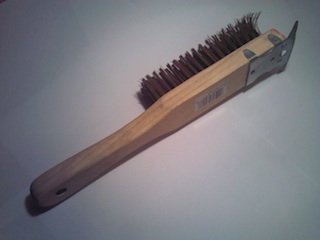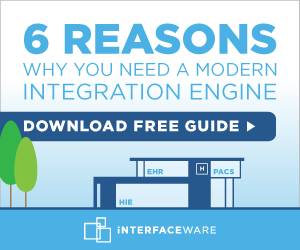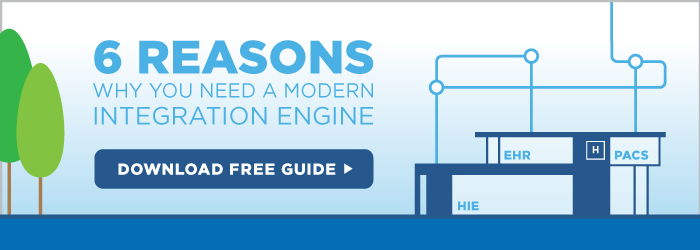This is FHIR:

It’s simple, clean and easy to plug into any electric socket.
… and this is CDA:

Not exactly something I would recommend putting into an electrical socket!
In fact it’s a lot of pain to plug a CDA into anything. The problem is that CDA implementations are large with too many data points. It’s one key difference between the philosophy of FHIR and CDA/CCD. FHIR has a much more orthogonal design.
FHIR (Fast Healthcare Interoperability Resources) is very modular – the idea is that each healthcare resource covers a very small amount of coherent data. It’s easy to build small adapters that cover just the data you need.
CDA/CCD documents amalgamate lots of data together. There are too many data points. That makes these documents extremely impractical for solving real world integration problems. They tend to be very brittle and difficult to accommodate changes.
It’s one of many reasons why the cost associated with using CDA/CCDs for integration are so high with a low return on investment. I have seen the blood in the field.
It’s why HL7 Version 2.X just doesn’t map at all well into CDA documents – and yet as we can see with FHIR that it is trivial to interoperate with version 2.X HL7.
 You’ll have a hard job getting anyone to publicly acknowledge this. Privately though every single smart person I know within the HL7 organization will admit it. These are not people on the fringe, these are people that are thought leaders in the HL7 sphere, people that put their heart and soul into trying to making this stuff work. The trouble is after pushing the CDA/CCD document architectures for so long it makes everyone look bad to admit it all went horribly wrong.
You’ll have a hard job getting anyone to publicly acknowledge this. Privately though every single smart person I know within the HL7 organization will admit it. These are not people on the fringe, these are people that are thought leaders in the HL7 sphere, people that put their heart and soul into trying to making this stuff work. The trouble is after pushing the CDA/CCD document architectures for so long it makes everyone look bad to admit it all went horribly wrong.
Personally I never had much invested the CDA/CCD – so I don’t care. CDA/CCD did a lot to improve the market for high margin consulting but did very little for the kind of middleware I like to build.
Although if you’d like some help with getting your meaningful use money, we have a great solution for that (another blog, another day).
There are a lot of smart people in HL7. It’s time to quietly sweep CDA/CCD under the rug, forgive yourselves and move on. All of us, even smart people, in fact especially smart people make a lot of mistakes in our careers. If you don’t make any mistakes then you are probably not doing anything at all.
But at this stage – it is clear. The FHIR train has left the station. It’s picking up speed and no one, not I, not the HL7 organization, nor even Grahame Grieve who invented the thing can stop it.
The concepts behind FHIR will have a life of their own. This train is going to be disruptive. If you run an organization in healthcare you need to know about it.
Your only choice at this time is to get on the train, or step in front of it.

